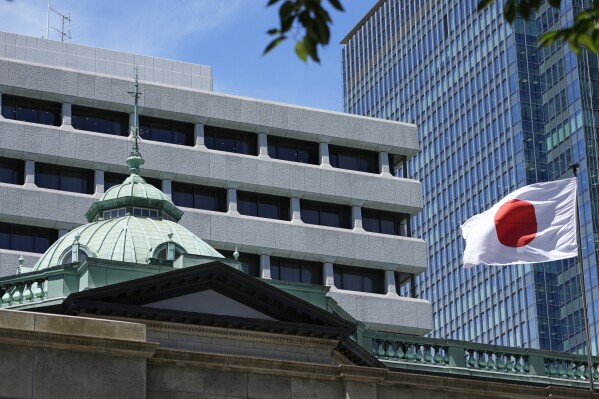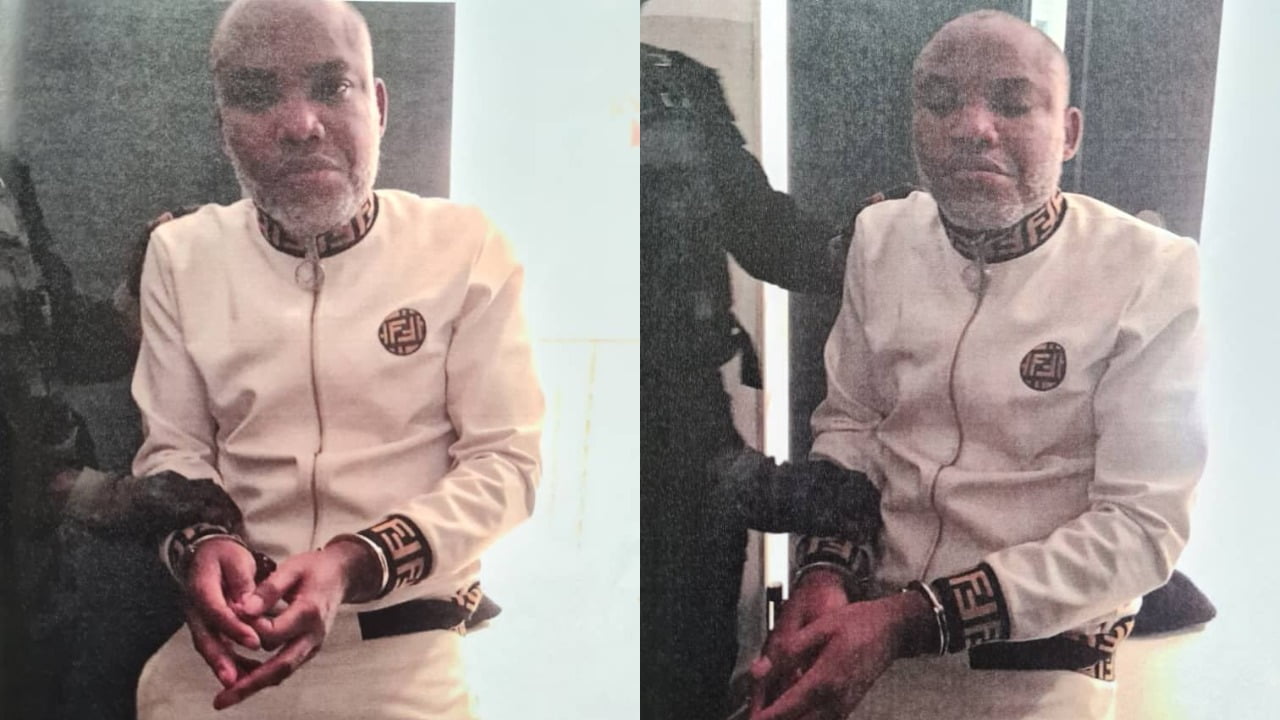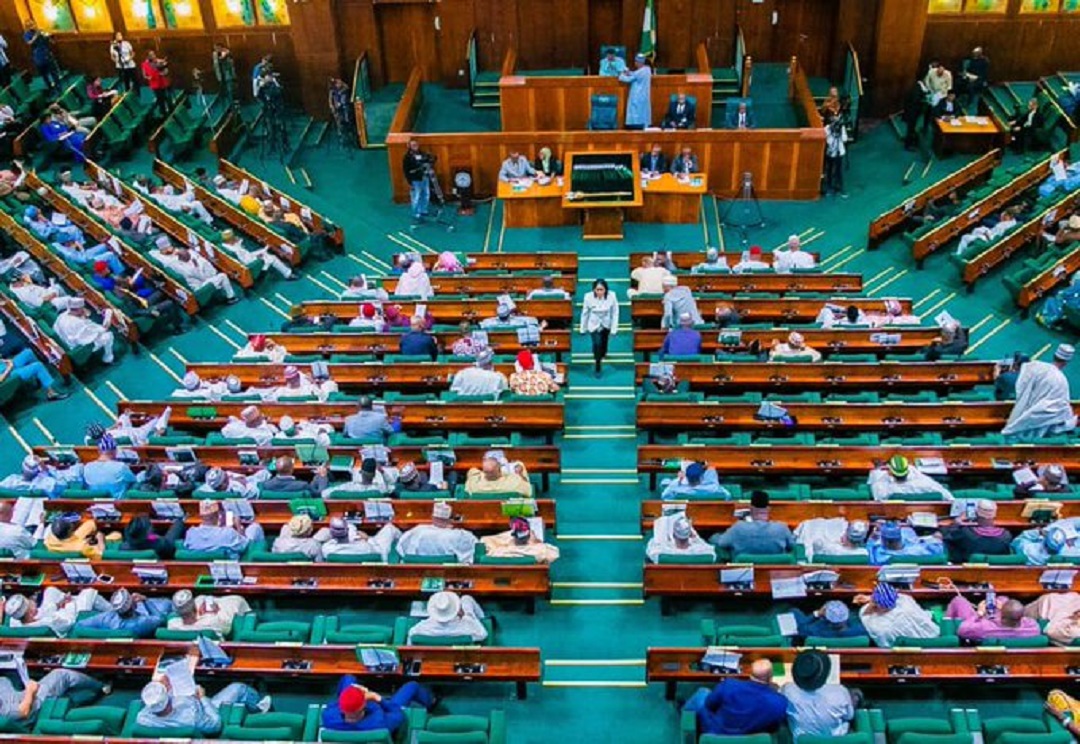Bank of Japan (BOJ) has raised its interest rate from -0.1 percent to a range of zero to 0.1 percent, marking the first time in 17 years (since 2007) that the cost of borrowing would go up in Japan.
Gatekeepers News reports that the decision by the BOJ was made following the drop in Japan’s inflation rate to 2 percent in January as predicted by the bank.
In a statement on Tuesday, the BOJ said that it increased its key interest rate in response to an increase in salaries after consumer prices rose.
In 2016, the bank cut the rate below zero in an attempt to stimulate the country’s stagnating economy. The hike makes the BOJ the last central bank to exit negative rates. When negative rates are in force, people have to pay to deposit money in a bank.
Moreover, the BOJ has abandoned its yield curve control (YCC) policy, which saw it buying Japanese government bonds (JGB) to control interest rates. Central banks use yield curve control as a monetary policy tool to control interest rates of government bonds.
The YCC policy has been in place since 2016 but has been criticized for distorting markets by keeping long-term interest rates from rising. Despite abandoning the YCC policy, the BOJ said it would continue the purchases of JGB with “broadly the same amount as before.”
“In case of a rapid rise in long-term interest rates, it will make nimble responses by, for example, increasing the amount of JGB purchases and conducting fixed-rate purchase operations of JGBs — both of which can be done so regardless of the monthly schedule of JGB purchases,” BOJ said.
Japan unexpectedly slipped into a recession on February 15 with its GDP shrinking at an annual pace of 0.4% in Q4 of 2023.
Spending by households and businesses declined for a third straight quarter, while external demand from exports made a positive contribution.
The Japanese Yen also dropped to its lowest level against the US dollar on February 14, falling by 6.6% since the start of 2024.







